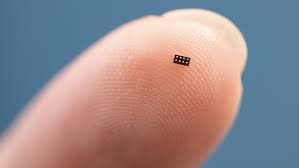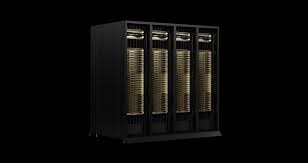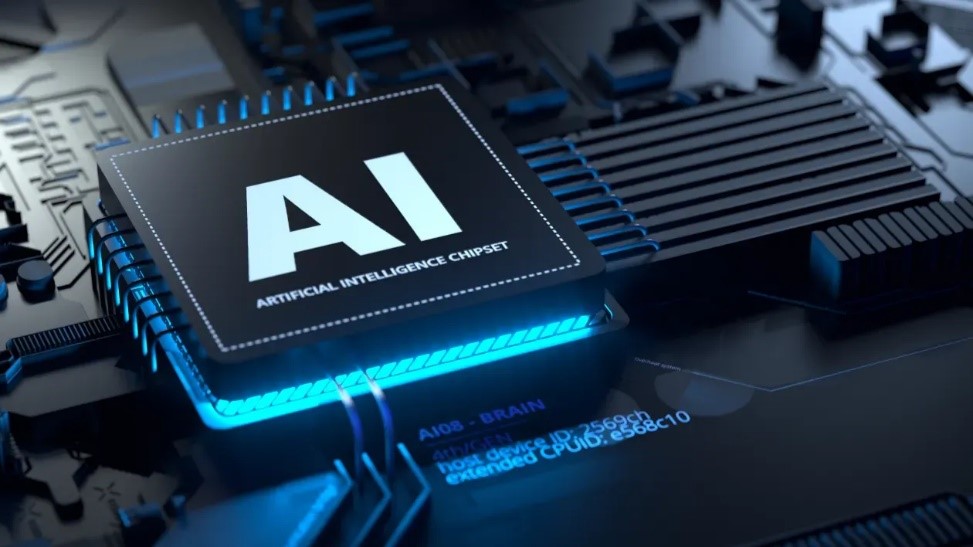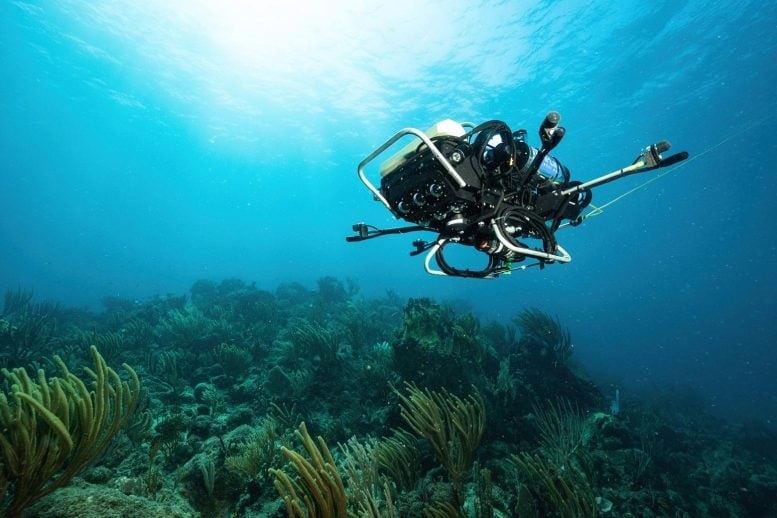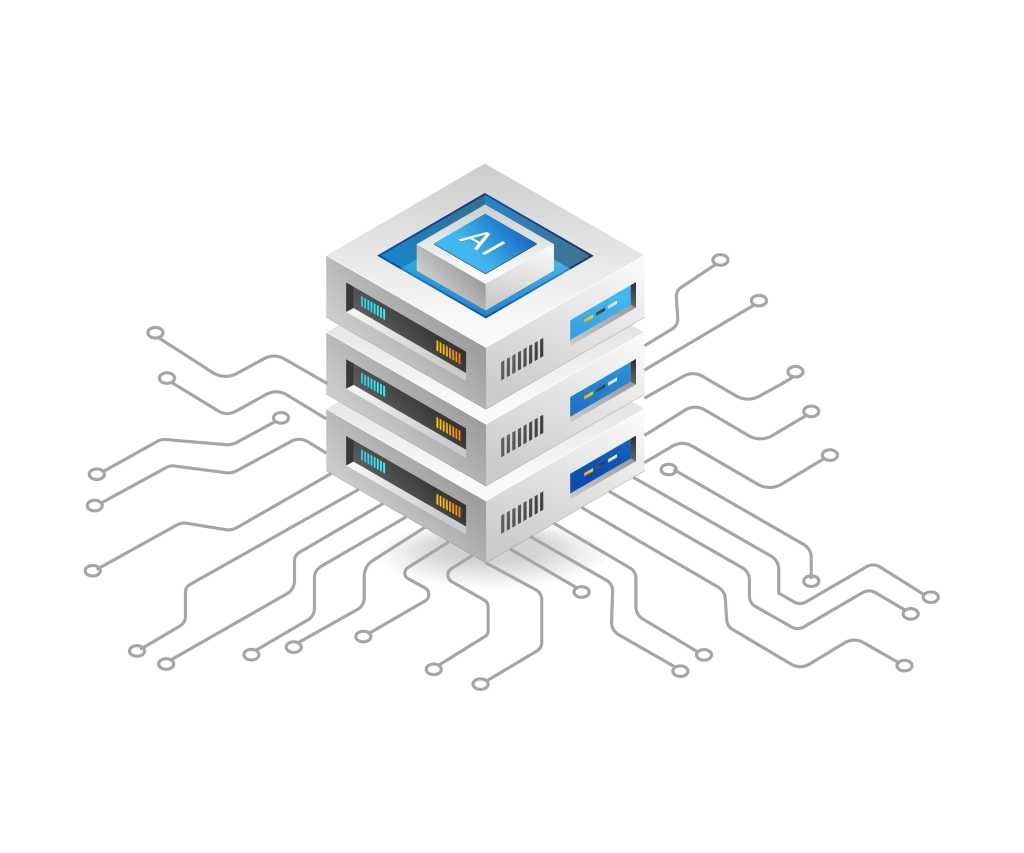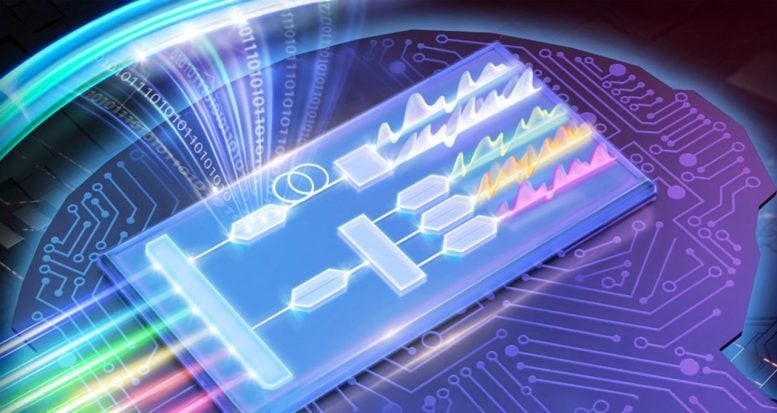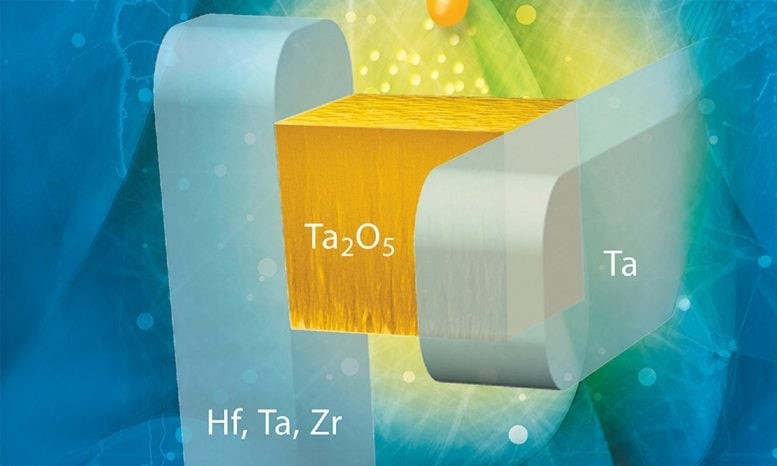AI-Powered 3D Printing Transforms Titanium Manufacturing
A Significant Breakthrough
This advancement stems from years of research at APL to enhance additive manufacturing. When Steve Storck, chief scientist for manufacturing technologies in APL’s Research and Exploratory Development Department, joined the Laboratory in 2015, he identified key limitations in the process.

Figure 1. Revolutionizing Titanium Manufacturing with AI-Driven 3D Printing.
“At the time, a major challenge in adopting additive manufacturing across the Department of Defense was the limited availability of suitable materials,” Storck recalled. “Each design required a specific material, but reliable processing conditions were lacking for most. Titanium was one of the few that met DoD requirements and had been optimized to match or even surpass traditional manufacturing performance. To fully unlock the potential of additive manufacturing, we knew we had to expand material options and refine processing parameters.” Figure 1 shows Revolutionizing Titanium Manufacturing with AI-Driven 3D Printing.
APL dedicated years to advancing additive manufacturing, emphasizing defect control and material performance. In 2021, the team published a study in the Johns Hopkins APL Technical Digest analyzing the impact of defects on mechanical properties. Around the same time, Storck’s team developed a rapid material optimization framework, which resulted in a patent filing in 2020.
This framework—designed to rapidly optimize processing conditions—laid the groundwork for the latest study. Building on this foundation, the team harnessed machine learning to explore a vast range of processing parameters, a task that would have been impractical using traditional trial-and-error methods.
Their approach uncovered a high-density processing regime that had previously been overlooked due to concerns about material instability. Through targeted adjustments, they unlocked new techniques for processing Ti-6Al-4V, a material long optimized for laser powder bed fusion.
“We’re not just making incremental improvements,” Storck said. “We’re discovering entirely new ways to process these materials, unlocking capabilities that were never considered before. In a short time, we identified processing conditions that pushed performance beyond what was once thought possible.”
AI Uncovers Hidden Patterns in Titanium Manufacturing
The properties of titanium, like all materials, are influenced by how it is processed. Factors such as laser power, scan speed, and track spacing determine whether the material becomes strong and flexible or brittle and flawed. Traditionally, optimizing these parameters required slow, trial-and-error experimentation.
To accelerate this process, the team leveraged Bayesian optimization, a machine learning technique that predicts the most promising next experiment based on prior data. By continuously refining its predictions with each iteration, AI rapidly identified the best processing conditions—allowing researchers to explore thousands of configurations virtually before testing only the most promising ones in the lab.
This approach led to the discovery of previously overlooked processing settings—some dismissed in traditional manufacturing—that resulted in stronger, denser titanium. These findings challenged long-held assumptions about which laser parameters yield the best material properties.
“This isn’t just about making parts faster,” Croom said. “It’s about balancing strength, flexibility, and efficiency. AI is helping us explore processing regions we wouldn’t have considered on our own.”
Storck highlighted that this technique extends beyond improving titanium printing—it enables material customization for specific needs. “Manufacturers often seek universal settings, but our sponsors require precision,” he explained. “Whether it’s a submarine in the Arctic or a flight component under extreme conditions, this approach allows us to optimize for unique challenges while maintaining peak performance.”
Croom added that expanding the machine learning model to predict even more complex material behaviors is a key objective. While early efforts focused on density, strength, and ductility, future developments aim to model factors like fatigue resistance and corrosion.
“This work demonstrates the power of AI, high-throughput testing, and data-driven manufacturing,” Croom said. “In the past, understanding how a new material would perform in real-world conditions took years of experimentation. Now, we could achieve that insight in weeks and use it to rapidly manufacture enhanced alloys.”
Unlocking New Possibilities
This research breakthrough paves the way for broader applications beyond titanium. While the recently published study focused on this metal, the same AI-driven approach has already been applied to other metals and manufacturing techniques, including alloys specifically designed for additive manufacturing, Storck noted.
One exciting avenue for future exploration is in situ monitoring—the ability to track and adjust the manufacturing process in real time. Storck envisions a future where metal additive manufacturing is as seamless as 3D printing at home: “We see a paradigm shift where future additive manufacturing systems can self-adjust as they print, ensuring perfect quality without extensive post-processing—where parts are born qualified.”
Source: SciTECHDaily
Cite this article:
Priyadharshini S (2025), AI-Powered 3D Printing Transforms Titanium Manufacturing, AnaTechMaz, pp. 577


